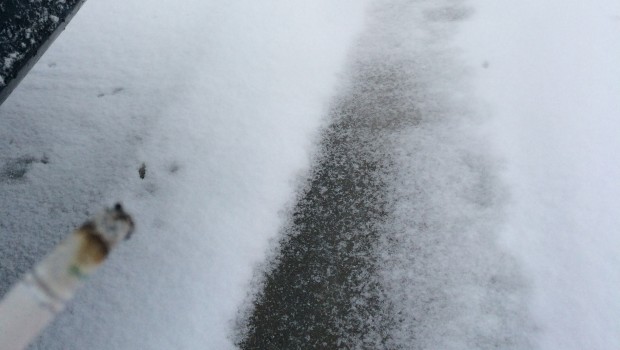New INHALE air quality initiative launches in Toronto
The cities of Toronto and Hamilton want their citizens to help monitor air quality.
Heather Marshall is the campaign director for the Toronto Environmental Alliance, which will work with Environment Hamilton, and is involved in a new air quality initiative called INHALE. It’s a two-year project and funded by the Metcalf Foundation.
“We were lamenting the fact that there’s so few air monitoring stations in our cities, in Hamilton and in Toronto, as well as other cities around Ontario,” said Marshall. She said that in Toronto, there are only three air monitoring stations that give the public information on what the air quality is like for any given day.
According to Marshall, these stations are important sources of information for vulnerable populations of people, such as the elderly, young children and anyone with respiratory problems. INHALE is a way to improve the amount of air quality monitoring while getting the community involved.
In the first partnership of its kind in Canada, INHALE gathers its air quality data through citizen volunteers. Volunteers can sign up online at inhaleproject.ca and receive mobile air particulate monitoring equipment that can be attached to backpacks, bike handlebars or baby stroller handles.
Volunteers with INHALE will receive a training session with an INHALE official. “We want to create the right tools and resources so the community can do it themselves, because in the past the community just hasn’t been involved in the collection of air quality information,” Marshall said.
She said that there are 1300 premature deaths in Toronto alone every year, and that air pollution is one of the causes of that. “Somebody who may already have a condition is dying sooner than they should because the air pollution is reducing their health outcomes and their lifespan,” said Marshall.
She also said transportation is a big source of air pollution, and that public transit access needs to be increased, as well as the amount of walk-able and cycle-able community paths. Acting president and CEO of the Asthma Society of Canada, Noah Farber, agrees.
“Transportation-related pollution is one of the top three big contributors in Toronto, along with industrial fumes,” Farber said. “I think getting the community involved in air pollution information collection is a great way to make everyone, not just sufferers of asthma, aware of how much air quality affects their daily life.”
Jolene Cushman, the campaign engagement coordinator at the Toronto Environmental Alliance, has been instrumental in planning this project out for 2016. She said air quality affects human health and a city’s economy and community. “We see the solutions as not only cleaning the air, but in improving the fiber of the community,” said Cushman.
Referring to Etobicoke, Ont., Marshall said, “If we could make Lakeshore Boulevard an actual walk-able street for people to socialize on, that could only benefit the merchants who run their businesses there. There’s clear opportunities to see how this could change the atmosphere of a street.”
Right now, she said fewer people walk in that area as more people drive.
Bronwyn Evans, a third year media studies student who has had asthma since she was two, said she was hospitalized twice last year alone because of her asthma, and that her symptoms always get worse when she attends school in Etobicoke.
“It sucks when I come to Toronto and forget my puffer. I’d be pretty excited if the air quality of Etobicoke could be improved,” said Evans. “It’d be beneficial to everyone’s health, not just those of us who suffer from respiratory issues. This project sounds cool.”





